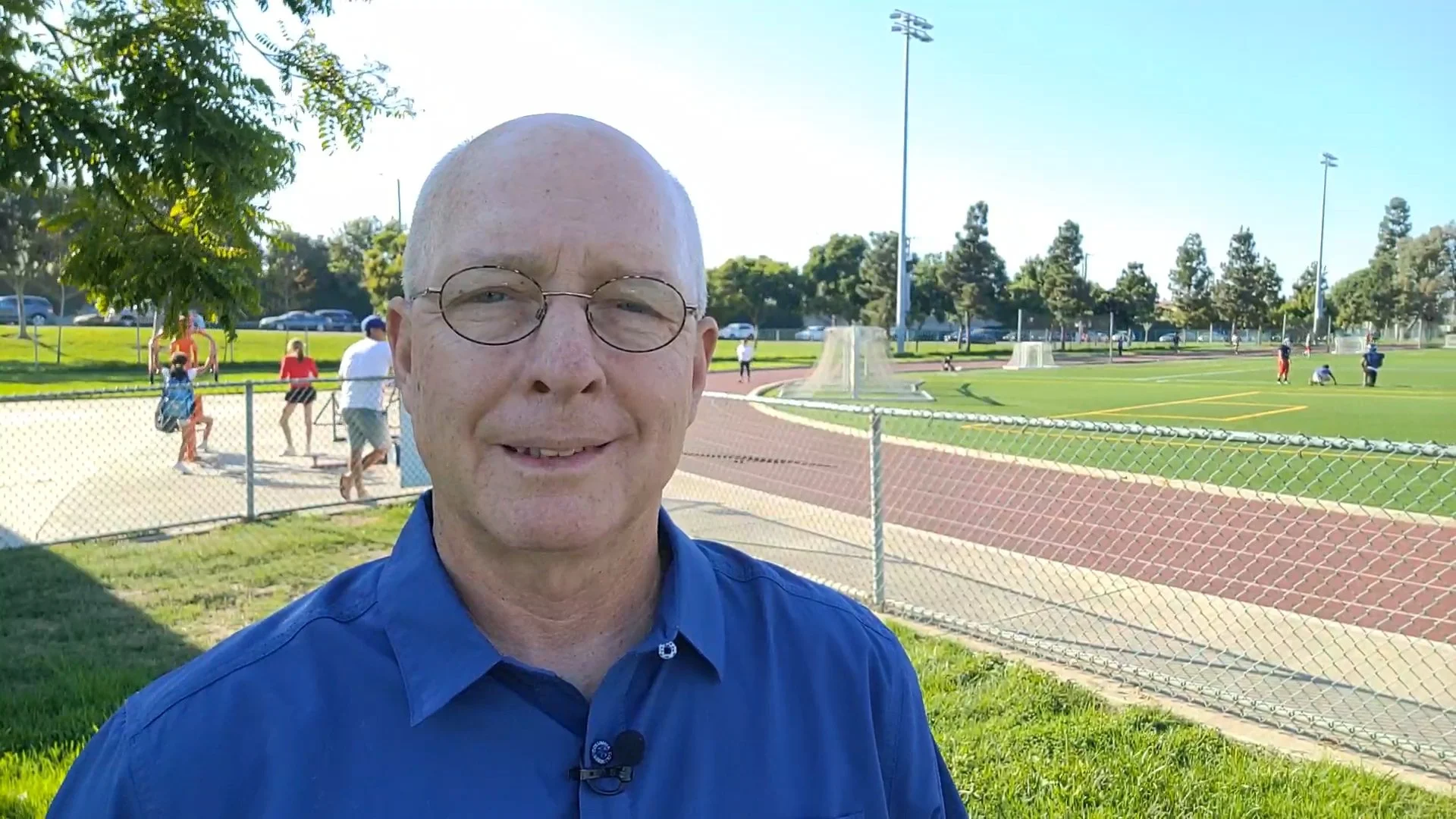John chapter 20 opens with Mary Magdalene going to Jesus’ tomb in the predawn hours on the Sunday following his crucifixion. We know from the other gospels that she’d gone there to complete the burial process that had been interrupted by the Sabbath. But when she arrived, she discovered the stone that had been used to cover the entrance had been rolled away and the body was gone.
From that point through the next 9 verses, the narrative almost sounds like coverage of a track meet. Mary took off running to find Peter and John. Then, the two of them ran to the tomb to check it out for themselves with John arriving first because he’d outrun Peter. And it’s implied that Mary chased after them back to the tomb because verse 11 says she remained there when Peter and John returned home. And that undoubtedly involved even more running as they rushed to share with others what they’d seen.
But this passage isn’t about a frantic foot race. It’s about a journey to faith in the risen Christ. And that’s not always an easy road to navigate. The resurrection can be a significant intellectual obstacle for many. But everything about God’s plan to redeem humanity rests on this truth. In fact, I Corinthians 15:17 puts it this way, “If Christ is not risen, your faith is futile; you are still in your sins!”
So, John, who once again referred to himself simply as a disciple whom Jesus loved, used his own testimony to illustrate the path forward. In verses 5-8, he employed three different Greek words, each translated into the English text as saw, to mark the three distinct stages in a progression of perception that enabled him to cross the threshold into belief and can help us to do the same.
He was the first of the two disciples to arrive at the tomb. Although he didn’t initially go inside, we’re told he saw the grave clothes. And in this instance, he used a word that means to behold or become aware of something. It describes the kind of casual seeing that happens whenever we open our eyes. But he used another word to express the way Peter saw the scene after arriving and choosing to enter the tomb. It’s a word that emphasizes a more purposeful, observant way of seeing. Then, when describing what happened after he chose to join Peter inside and view the evidence from that angle, John used a different word altogether. This one characterizes the kind of seeing that leads to comprehension. And that’s what was happening when we’re told he saw and believed.
Like John, we begin this journey when we’re willing to stop and consider the evidence for the resurrection. We take the next step when we carefully weigh that evidence and its profound implications. And things really pick up speed when we allow all of that to shape our understandings about ourselves, God, and eternity. But even then, we’re just getting started.
It's obvious that John’s faith was still a work in progress. He candidly admitted in verse 9 that the disciples hadn’t yet understood Scripture’s resurrection prophecies, and it’s clear they had a way to go before comprehending and assimilating all that Jesus had taught them about God’s redemption plan. But significant strides were taken that day.
A life of faith in the living Jesus doesn’t just erupt fully formed out of unbelief. Neither does it arrive at the end of a short sprint. It’s gained through a process that nearly always involves something more like a cross-country race where the distance between where you start and finish is only closed by carefully navigating the terrain you encounter along the way.
So, like it says in Hebrew 12:1-2, “Let us lay aside every weight, and the sin which so easily ensnares us, and let us run with endurance the race that is set before us, looking unto Jesus, the author and finisher of our faith.”


